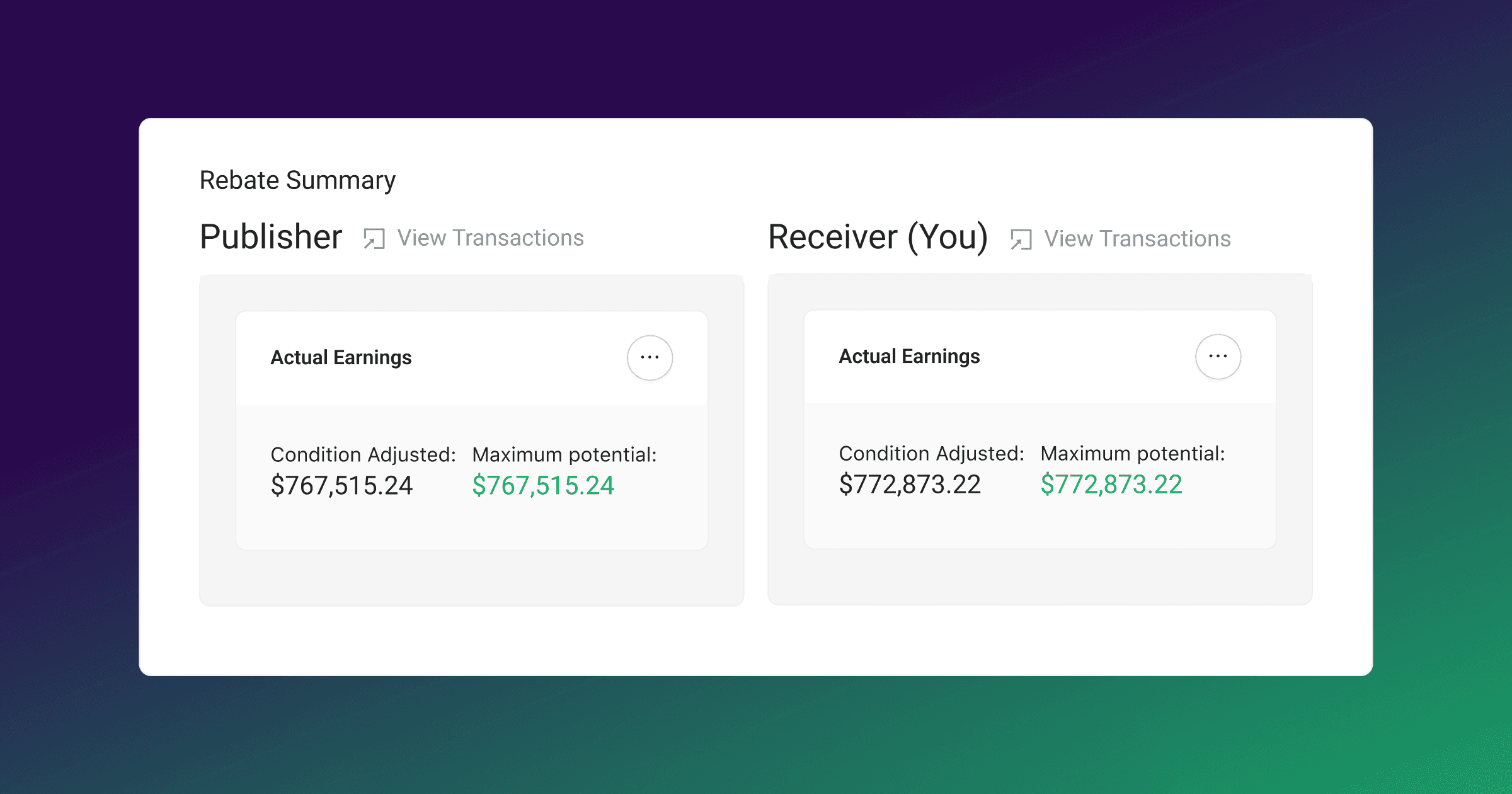The transaction data black box: How it impacts your business and how to fix it

Adrian Kelly
Retail transaction data: if the image that comes to mind is a complex tangle of wires, you’re not that far off. And if that tangled-up ball of wire is hidden inside a black box, with no visibility over where each piece begins and ends, then you’re even closer.
In ag retail, there’s been a long-standing issue in data handling. Throughout the season, sales data stacks up, but any mistakes or inaccuracies often go unnoticed until it’s too late – usually at the end of the season. By that point, teams are in a rush to reconcile, and it takes significant time to identify where an inaccuracy may have started (or how big it’s blossomed throughout the year).
Even if they’re not spending the time to fix the data themselves, many agribusinesses rely on third-party companies to “clean” sales data. This can help, but it often leads to its own set of issues. Mistakes in classifying data, missing information, and vague final reports leave businesses with no way to see how their rebate numbers are calculated.
By the time these third parties “fix” the data, agribusinesses are often left in the dark about how the final numbers were reached. Data goes into a “black box” — then comes out the other side and determines final rebate calculations.
So, when you get your rebate check, how do you know if it’s correct?
Without any insight into how your sales data was processed, you’re left guessing. And that’s not a good place to be.
How does this lack of transparency affect your business?
This data “black box” can cause a lot of issues down the line for agribusinesses:
Wasted time and resources
Instead of doing more impactful, strategic work, your team spends countless hours on tedious data corrections. Fixing inaccurate data is a big time suck — but it also hurts team morale.
If end-of-season reconciliation isn’t assigned to your internal team, you’re probably paying significant money to hire a third party. Either way, these are valuable resources that could be used more productively.
Lack of trust among supply chain partners
Without clear, correct data flowing between channels (and without a clear understanding of where those numbers came from), trust declines.
End-of-season stress
There’s nothing like that end-of-season scramble to reconcile data. Your team is rushing against the clock to close things out. Even worse, it can take huge amounts of time and energy to unwind a data mistake after the fact.
When all that reconciliation happens at the end of the year, no one is catching mistakes in real time. So, data issues build on top of each other. It might take days or even weeks to uncover the root problem — and determine the true numbers.
No real-time insights
If all reconciliation work is funneled to the last few weeks of a season, data inaccuracies snowball. But on top of that, agribusinesses are losing a valuable opportunity to use in-season data to make more informed decisions.
Without data accuracy throughout the season, ag businesses can’t produce actionable insights. And without those insights, they can’t pull in-season levers, build a long-term strategy, or improve profits. They’re just stuck repeating the same old short-term data mistakes, season after season, without ever figuring out the root cause.
A sustainable, long-term profitability strategy requires data accuracy — full stop.
There’s a better path forward
A lack of transparency doesn’t have to be the status quo of the ag input supply chain industry forever.
With better (and centralized) data accuracy and real-time transparency, here’s what’s possible:
Better communication, relationships, and trust between manufacturers and distributors/retailers.
Confidence from all stakeholders that the data they’re using is accurate — and final rebate calculations are correct.
You’ll be able to secure proof to defend your rebate earnings claims — and ensure you get the rebates you’re owed.
Internal teams can focus on more strategic, valuable work than tedious end-of-season reconciliations.
With more real-time data corrections comes more real-time insights. And those insights power better organizational decision-making.
Meanwhile, retailers/distributors can push more sales of specific products if they’re confident they’re close to a rebate threshold (because if the data is wrong, how would they know?).
How Smartwyre can help
A better future — with more accurate data, real-time corrections, and more informed in-season decision-making — is possible with the right technology.
Smartwyre’s new Earnings Validation feature offers the tools you need to get this level and transparency and control over your earnings data:
Get a side-by-side comparison of your own sales data and the manufacturer’s version in real time, ensuring your rebates are calculated accurately.
Improve data transparency – no more guessing what’s happening to your sales data.
Catch mistakes in real-time, before they grow to bigger problems.
Reduce the “black box effect” and reliance on third parties to clean sales data for rebate calculations.
With accurate, real-time data, you can adjust your sales strategy during the season and make smarter, more profitable moves.
Tired of chasing down the right numbers or wondering if your rebates are correct? Contact the Smartwyre team today and see how we can help.
















